If we only knew what others were thinking, it would make our job so much easier as trainers. Especially if we are a trainer for the hospitality industry as a friend of mine. Cherry Santos, Learning & Development Manager at Taj Resorts & Palaces, is working on a module simply titled:
“How to Read People’s Minds” – How to Approach Your Guests in the Restaurant or Hotel
This got me thinking that this is an important topic. She said and I’m sure you would agree that while “you can read body language, use empathy, or make educated guesses on what a person might be thinking or feeling, reading minds is simply impossible. The value of this workshop would be to assist hotel associates to interact/communicate effectively among guests, or anyone, for that matter.” It’s a good idea.
In this age of international travel, it’s easy to overlook the basics about invading other guest’s personal and private space, sometimes just by talking to them or reaching for a plate at the wrong time. The last thing an hotel associate wants to do is irritate a customer. Yet, if he or she does not intervene at the proper moment, there is the risk of neglecting the “guest’s experience.” Or, even worse, alienating that guest.
Now that I got your attention with reading minds, I’ll tell you what I think are some solutions. Is there a way to read minds? Probably not really, but we can ask ourselves what works for us as customers.
Trevor Penton, a communications consultant in the United Kingdom, weighs in, “If I go to a hotel or restaurant, I want the service to contribute to a positive experience; proactive, but not intrusive, open, friendly, caring, and engaging. If I were putting your module together, my focus would be on two key areas:
- Raising awareness of how to read body language; visual and verbal cues, and critically what signals the hotel/restaurant guests are giving off about their mood.
- Practical tools/techniques to help the hotel/restaurant staff come across as great hosts: proactive, open, friendly, caring, empathic and being great ambassadors for the hotel/restaurant.
Obvious stuff but critical to get right to enhance guests experiences.”
I would agree. However, still too often that “caring” comes off as artificial based on the guests’ preconceived view of expectations. Behind all this employee “friendliness” a guest has an obligation to show his or her gratitude for service rendered. It’s difficult to have genuine relationship based on that. When money or a favor is expected, there exists a business relationship, plain and simple. So, how can you change that relationship, and maintain it at the same time?
If we were only able to read minds.
Interpersonal communication is complex, full of nuances, possible miscues, unknowns, and yet we manage to get along with each other every day and most of us survive. Listen, watch and learn. I just made that up for this occasion. Expressions and body language say a lot, but there is a lot you don’t know and can’t assume is going on.
In my government job, I have about a minute to scrutinize the people I talk to before I start talking. I need to listen to them. It’s important to know “who” my customer are and genuinely care about that. Hospitality staff have less time than that.
Perhaps, the answer is as basic as operating with no expectations. Look at the behavior of most staff in an “all-inclusive” resort where tipping is totally forbidden. Nice, friendly, approachable people open your guests’ hearts and although those guests may forget the staff for the moment, they remember the actions later when it is really important–like re-booking. And, I’ve been known to run down an employee later to “thank” them for their seemingly unselfish service.
Sometimes, training is an attitude culture change, not an act you can necessarily train for. As always I welcome comments, opposing views, and wisdom from readers. If I can be service as a trainer or communicator, or even as an actor, please don’t hesitate to contact me.
—
For more resources about training, see the Training library.












